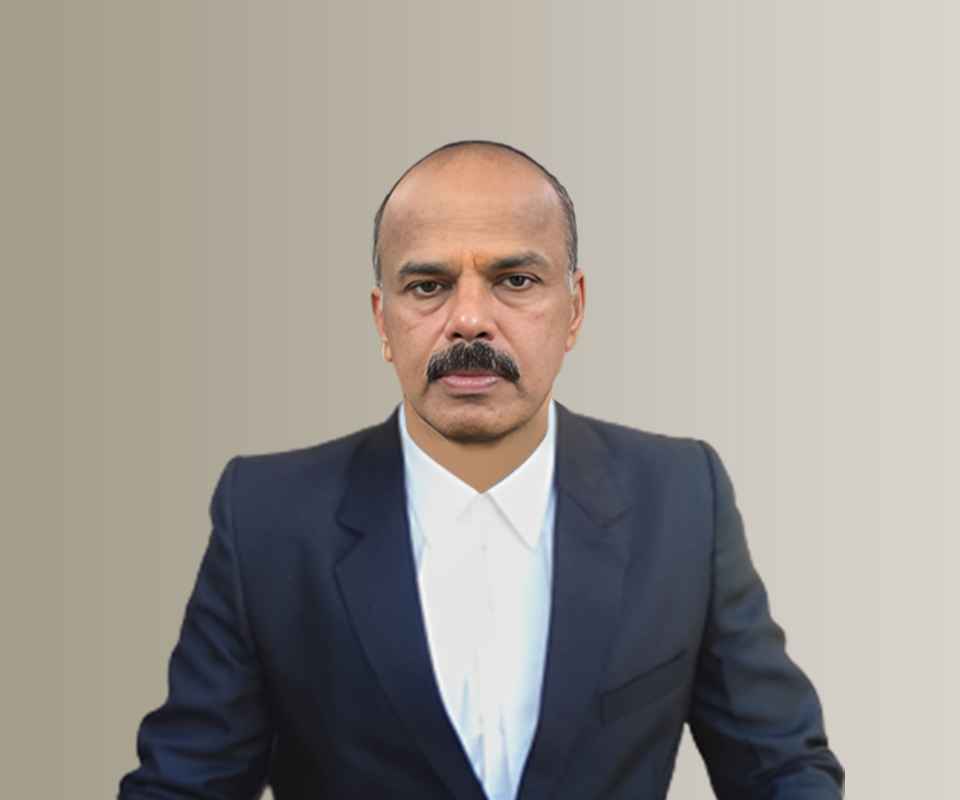Answer By law4u team
The Kyoto Protocol, adopted in 1997 and entering into force in 2005, was a landmark international treaty under the United Nations Framework Convention on Climate Change (UNFCCC). It aimed to reduce greenhouse gas emissions globally, with binding targets for industrialized nations (Annex I countries). Developing countries, including India, were not subject to mandatory emission reduction commitments but were encouraged to participate through mechanisms like the Clean Development Mechanism (CDM).
India’s Engagement with the Kyoto Protocol
Ratification and Participation
India ratified the Kyoto Protocol in 2002, aligning with its environmental policy objectives and seeking to benefit from technology transfer and financial investments in sustainable development projects.
Clean Development Mechanism (CDM)
India became a significant player in the CDM, which allowed developing countries to undertake emission-reduction projects and earn Certified Emission Reduction (CER) credits. These credits could be traded or used to meet industrialized countries' emission reduction targets. India hosted numerous CDM projects, particularly in renewable energy and energy efficiency sectors.
Advocacy for Equity
Throughout the Kyoto Protocol negotiations, India emphasized the principle of "common but differentiated responsibilities", advocating for developed countries to take the lead in emission reductions due to their historical contributions to global greenhouse gas concentrations.
Acceptance of the Doha Amendment
In 2017, India ratified the Doha Amendment to the Kyoto Protocol, which extended the treaty's second commitment period from 2013 to 2020. This reaffirmed India's commitment to global climate action, even though it was not bound by emission reduction targets under the protocol.
Legal Protections and Consumer Actions
International Framework
The Kyoto Protocol established legally binding emission reduction targets for developed countries, while providing mechanisms for developing countries to participate in global climate efforts.
National Implementation
India integrated its participation in the Kyoto Protocol into national policies, facilitating the development of projects under the CDM and promoting sustainable development initiatives.
Consumer Safety Tips
Support Sustainable Practices: Engage in energy-efficient practices and support renewable energy initiatives to contribute to global emission reduction efforts.
Stay Informed: Keep abreast of international climate agreements and their implications for national policies and personal actions.
Advocate for Climate Action: Participate in community discussions and support policies that aim to mitigate climate change and promote sustainable development.
Example
Suppose an Indian entrepreneur is considering investing in a renewable energy project. Here's how they can align with India's commitments under the Kyoto Protocol:
Research: Investigate the availability of CDM credits for renewable energy projects and the process for certification.
Project Development: Develop a project that meets the criteria for CDM registration, focusing on emission reductions and sustainable practices.
Certification: Submit the project for validation and registration under the UNFCCC's CDM Executive Board.
Implementation: Implement the project, ensuring it adheres to environmental and social standards.
Monitoring and Reporting: Regularly monitor the project's performance and report emission reductions to maintain CDM certification.
By following these steps, the entrepreneur can contribute to global climate goals while benefiting from the Kyoto Protocol's mechanisms.







